Ishwori Secondary School: The School in the Clouds
Access to clean, reliable water is a huge issue in Nepal. Since 2013, Renewable World has been promoting solar technology as a means of pumping water to rural communities. To date we have helped 29 communities, including 12 schools, improve their access to water through the installation of solar water pumping systems.
We now want to expand our solar water pumping programme to reach more schools and ensure they have a year-round supply of clean water for drinking, washing and school cleanliness. Our plan is to work with ten schools in the stunning and mountainous Gulmi region. This case study highlights why our work is so desperately needed for students aged between 12-18 at the Ishwori Secondary School and nine others like it within the local district.
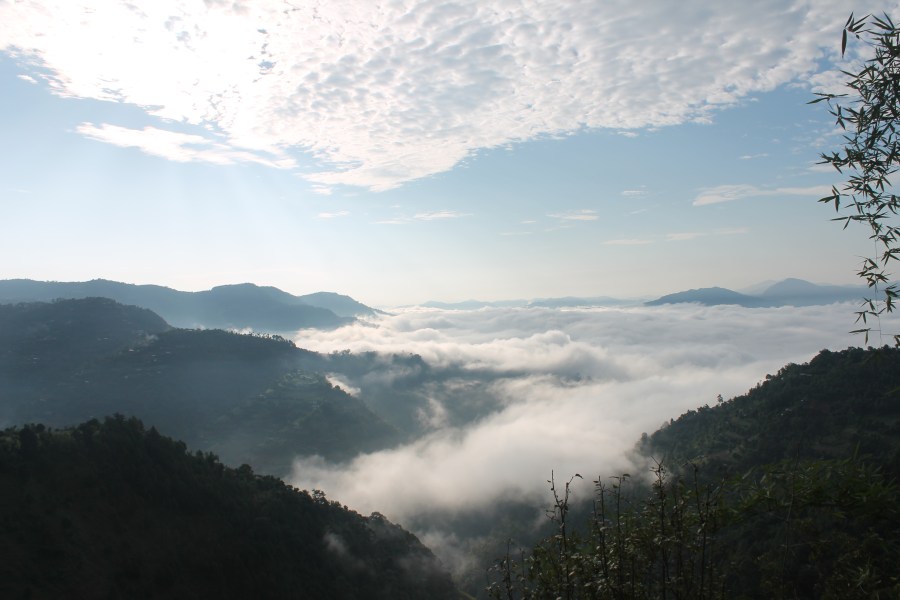

A lack of water and clean toilets is disrupting children’s education
We arrive early morning after a long uphill drive. The school sits above the cloud line, it takes your breath away. But its beautiful location masks a huge problem for this school and many others, not only in the district but all over Nepal. A lack of clean, reliable water and clean toilets, especially for girls, severely impacts on children’s education and well-being.
Hari Bahadur Karki, Head Teacher of Ishwori School tells us that there are 209 girls and 121 boys studying here. It is more likely for boys to be sent away to live with guardians and attend ‘bigger, better’ schools as far away as Kathmandu. Girls tend to be educated at the local school as their parents are reluctant to let their daughters live far away from their community.
The attendance rates are a shock, 25% absenteeism amongst girls compared to 8% for boys. Dropout rate is even worse, with a 37% dropout rate for girls against just 16% for boys (although this is often due to them securing a place to study elsewhere so is actually much lower). We are told by the school’s management that there are various reasons for this including economic difficulties at home, older girls needing to care for their younger siblings and help with the housework, early marriage – which is common for girls once they turn 16, festivals and menstruation.
Talking to four girls from grade 11 directly tells a different story. Rather than there being multiple reasons they struggle to attend school, there appears to be one overriding barrier – a lack of adequate water and sanitation facilities.


Manisha, Urmila, Deepa and Niruta talk about the issues they face
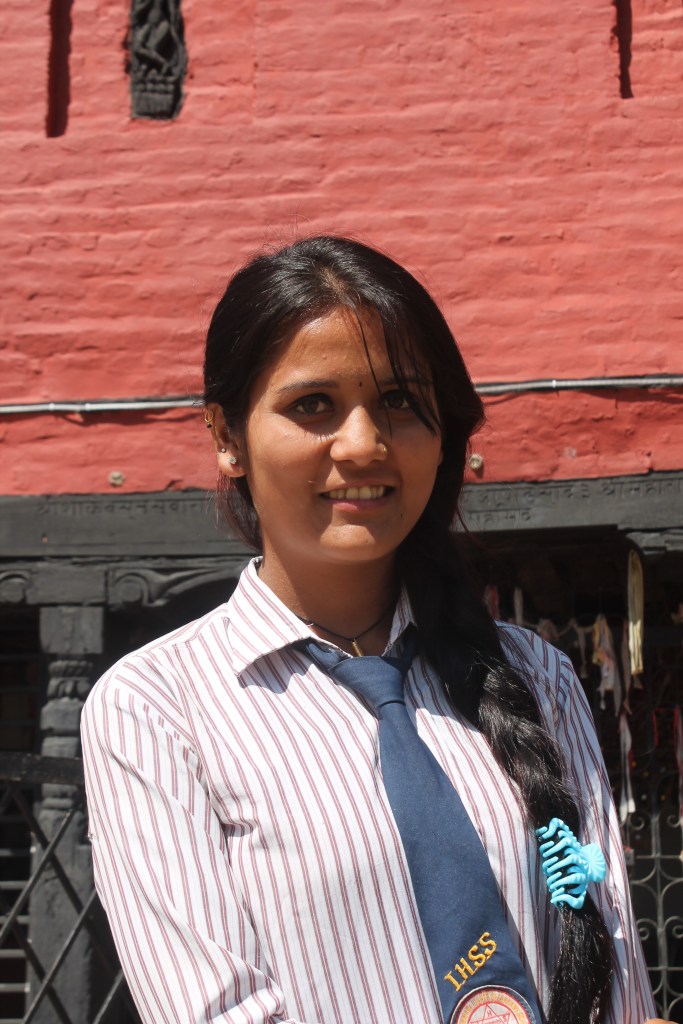
Manisha Karki is fourteen years old. She tells us “I enjoy school, I like learning and meeting my friends. The teachers are nice“. What she dislikes is the lack of water for drinking, washing and for school cleanliness for about nine months of the year (the dry season). “Every day I bring as much water as I can carry on my walk to school” (35 minutes). “I am lucky, some walk one and a half hours.”
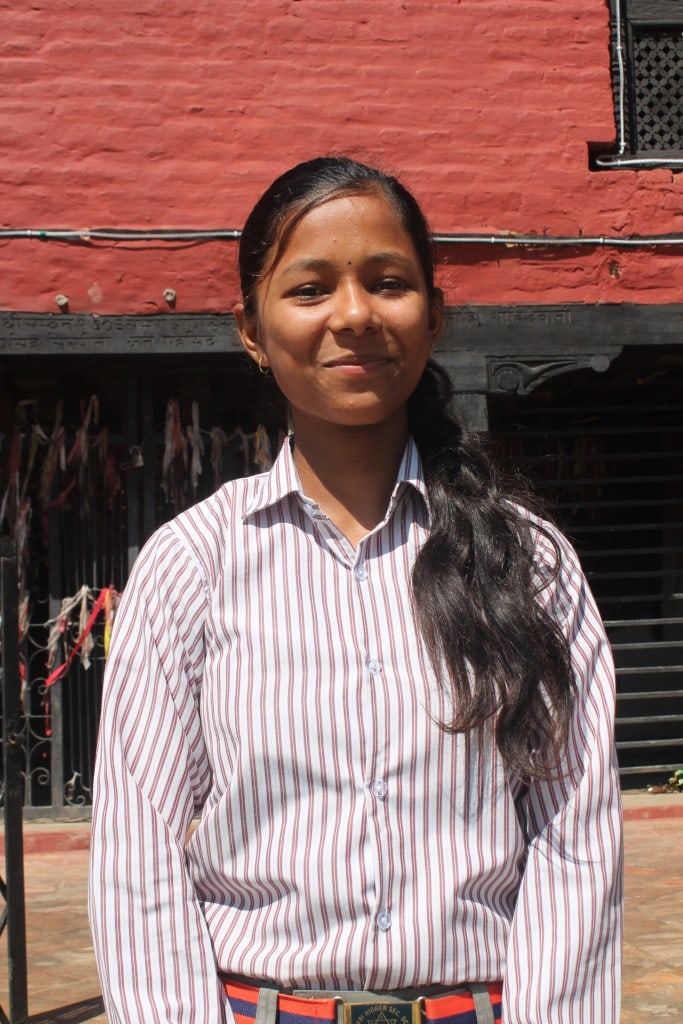
By the afternoon she is forced to drink water brought to the school by tanker. Officially tanker water is not potable but they currently have no choice. When the tanker water runs out, the teachers accompany the students to fetch water from a pond half an hour away. “In winter this is so tough, it is cold, wet and slippery” says Urmila Devi Sunar aged 16. This happens regularly enough to severely disrupt the school week.

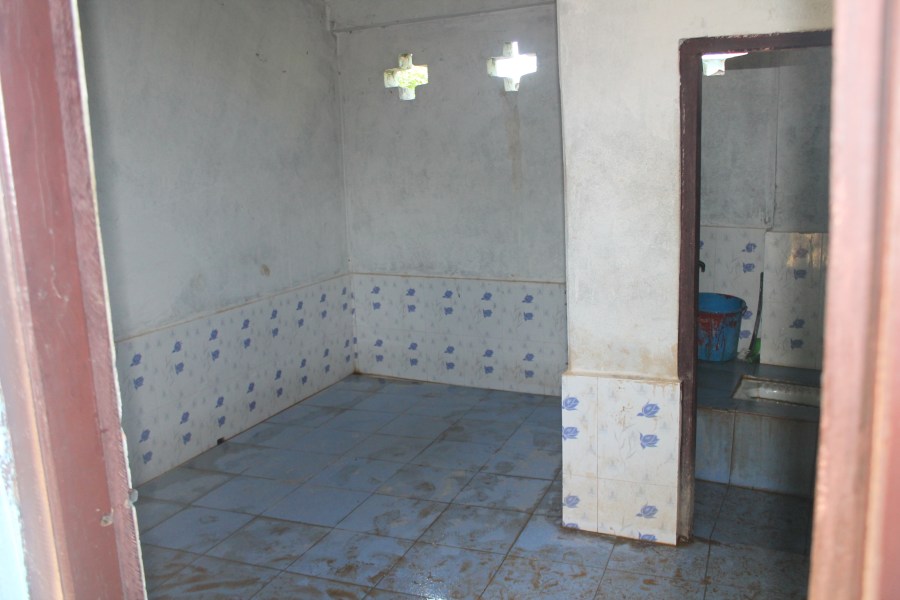
Inadequate toilet facilities
We talk more, and another issue emerges – the state of the toilets. For 209 girls there is just one cubicle– the rest of the room is a communal urinal. “So dirty!” the girls pull faces and shake their heads as we talk. The hand basin is only connected when there is water in the tank. Precious water can’t be wasted to keep the toilet room clean. Each of these girls, and every one of their classmates miss school during their periods – up to four days in a month. They are in effect missing up to 20% of the school year or one whole year’s worth of schooling during their secondary education. Just for the sake of a few toilets and water for sanitation.
They all have plans to be accountants or work in finance but realise that it will be difficult to find a job locally and need every advantage in their grades to succeed. They seemed resigned to their fate of not performing as well as the boys who attend more regularly.

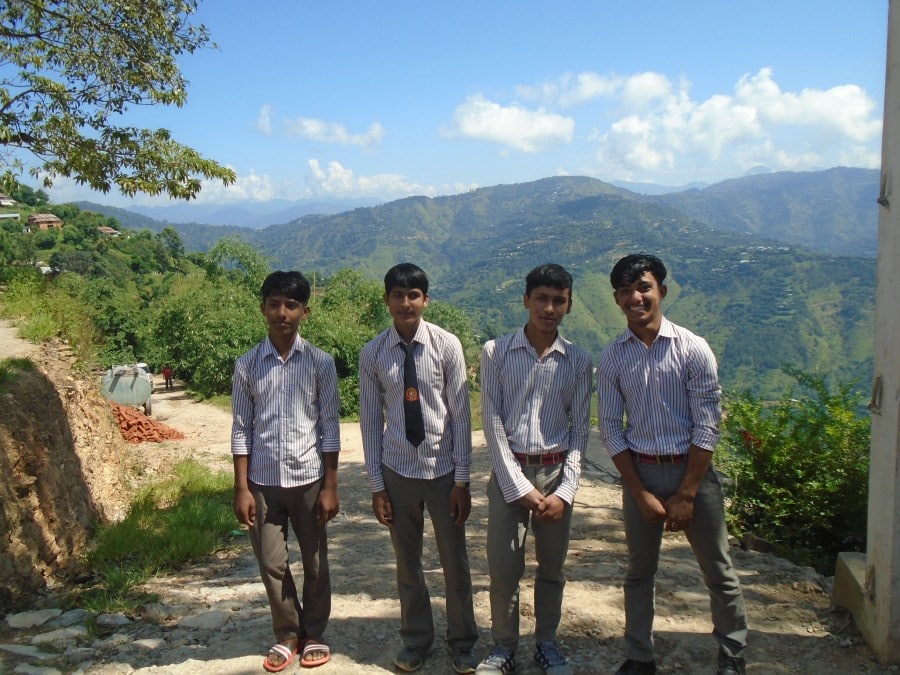
It’s not just the girls who are affected by the lack of water
But this doesn’t mean the boys remain unaffected by the lack of water. Bishal Sunar (18), Suraj Khasu (19), Nabin Gyawali (17) and Bikram Shahi (17), told us that if they want to use the toilet when there is no water in the school then they have to go to the nearby hotel – but only for emergencies! Sometimes, when the water situation is critical, and no tanker arrives, they have to bunk off classes to go and fetch water from the pond, often accompanied by teachers who then have to miss teaching their classes. In the dry season it’s particularly tough as they have to collect water regularly.
Renewable World’s Water for Schools Programme
Renewable World’s Water for Schools Programme wants to bring a solar water pumping system to the school that will ensure a year-round supply of clean water for drinking, washing and school cleanliness. At the same time, our partners in the project, BNMT, will build new toilets and roll out a programme of good sanitation and hygiene to students, teachers and others such as parents and local health workers.
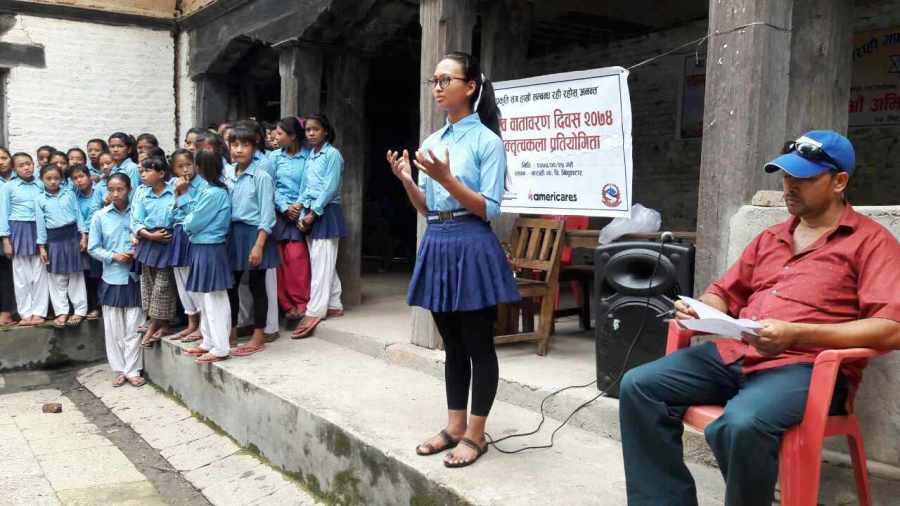
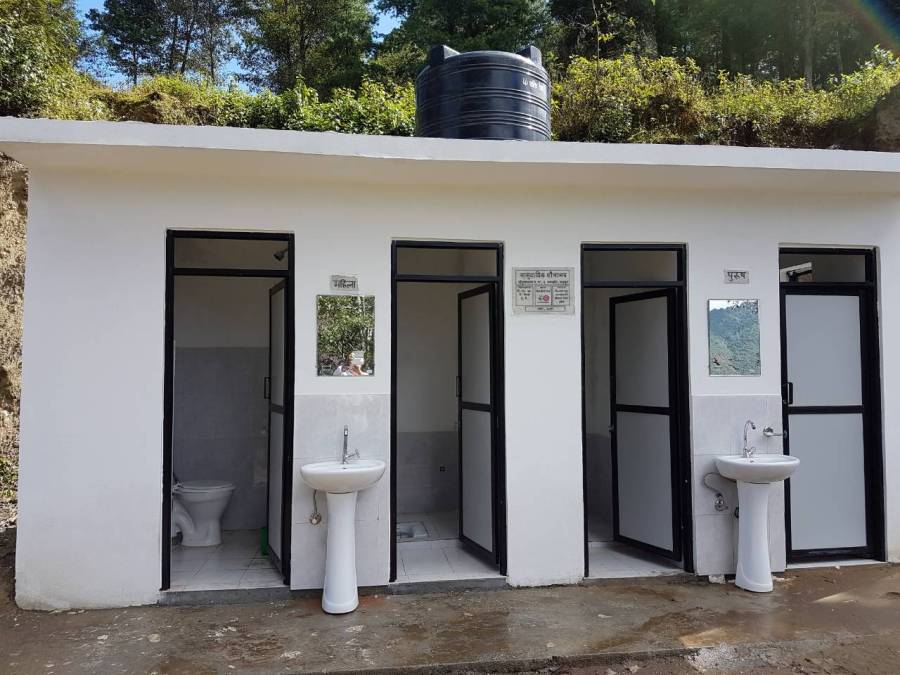
In an ideal world, the new local Government would pay for this, and there is a plan. But this school’s remoteness and the fact that it sits above its water source means that it is being pushed to the back of the queue for water provision. Schools sitting below their water source can be supported with a gravity system for a far smaller budget than a costly water lifting system, meaning every school in this region that needs water lifting daily will remain without water.
However, Ashok Kumar Thapa, Chairperson of the Gulmi Durbar Rural Municipality (elected 18 months ago), has already agreed that a generous government subsidy (up to 60% of the equipment costs) will be made available to support this water lift if Renewable World is able to help the school to access external funds. The surrounding community of over 200 households are all also ready to provide funds, labour and materials if they too can be connected to the water lift and distribution system.

Everyone is keen to not lose a moment more to make the water project dream a reality. In fact, you can hardly believe that this well-run school with such committed teachers and hard-working, smartly turned out students runs at all with such little access to clean water. Deepa Khatri was quiet the whole time we chatted but spoke passionately about making school better for the next intake of students. “I want the water and good toilets for my younger sister. That would make me very happy.”
You can support our Water for Schools Programme, as well as our other programmes in Nepal and Kenya, by donating here.